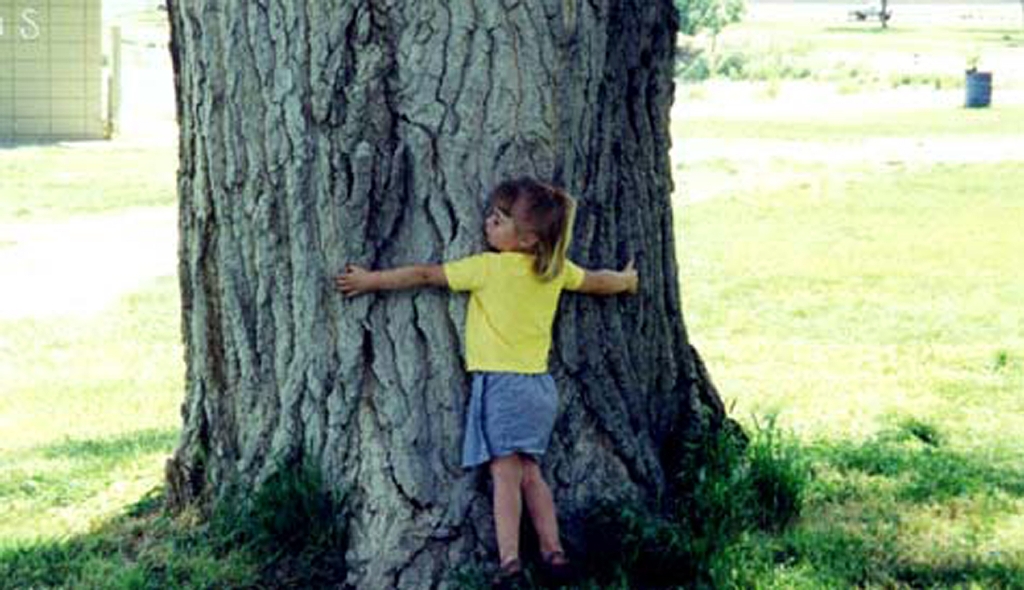There are so many things to love about digital information. My little environment-loving heart is so happy when I realize I can send a huge document to 10 reviewers without having to cut down a forest and blow through three ink toner cartridges. I love seeing and sharing photos and making educational videos. I have learned more from Youtube than most of my college textbooks.
The internet is cutting down our use of paper for newspapers, books, and magazines according to a 2014 study by the World Bank. “Results show that the reduction in paper consumption caused by the Internet is large in size and can thus have important positive environmental implications,” the report states.
The trees rejoice, but digital information can seem so fleeting, especially if you have an afternoon when the internet goes out.
“I can’t do anything,” I said two days ago when our internet went out. “I have nothing to work on. My video was uploading, I was editing the animated video and trying to research township populations in North Dakota. What do I do now?”
Now that the internet has been restored, I can calmly sit back and scoff at my whining, as I listen to music online and write this post for an online blog site.
But the episode made me reflect on the difference in digital and print end products I make every day. The same item could be displayed digitally and in print, and have completely different impacts.
For example, printing something out may give the receiver a better context for understanding the information. A 10,000-page printed document, bound into eight volumes looks a lot different when it is sitting on your desktop as just another PDF file.
As communicators, we need to evaluate who our audience is and what we hope they will take away from our materials. Take time to evaluate if printing a hard-copy of a document will help achieve the end goal. Do you want people to understand it’s a large document with historical importance? Having a printed and bound volume might be the best choice, but please make it double-sided on recycled paper. Do you want people to easily search the document to find keywords and areas they are most interested in? Maybe sending the PDF is the right option.
Printing something also gives it the ability to have a final version at one point in history. I work on a project that is constantly changing. It can be difficult to find the right moment in time to distribute information because there are always new datasets, updated designs, and more complete answers. But there has to be a time when information is distributed or it would never happen.
Printing a document with a date stamp is a good compromise. Printed items can be distributed and give the opportunity to open a conversation first hand, or have materials go home with the audience so they can reread the information over their morning coffee. If it has a date, there is an understanding that the older the document is, the more likely new information is available.
Finally, printing an item and displaying it in a visible place that has frequent traffic is a good way to get information out repeatedly. This is why OSHA requires employers to post information for employees rights in a visible place. There is something to be said for a colorful poster on the wall that everyone has to walk by to get a cup of coffee.
While I’m not advocating the cutting down of forests in the name of communication, I am reminded this week that print materials will always have a place and it’s our place to know where they can and should be used. So if you need to use command P, do it and don’t be ashamed. Just make sure you know why you are printing and where you will plant some extra trees around your home next spring.

